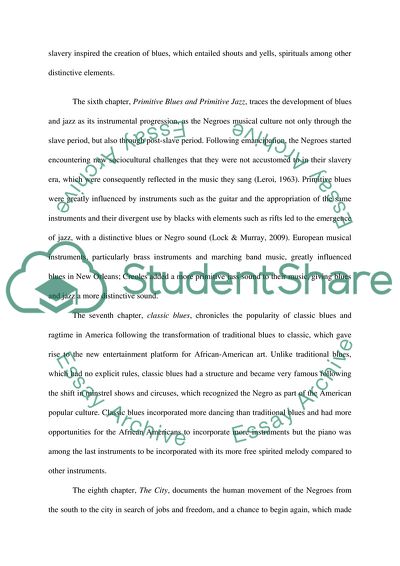Cite this document
(“Book report on Blues People-Negor Music in White America by LeRoi Essay”, n.d.)
Book report on Blues People-Negor Music in White America by LeRoi Essay. Retrieved from https://studentshare.org/literature/1650817-book-report-on-blues-people-negor-music-in-white-america-by-leroi-jones
Book report on Blues People-Negor Music in White America by LeRoi Essay. Retrieved from https://studentshare.org/literature/1650817-book-report-on-blues-people-negor-music-in-white-america-by-leroi-jones
(Book Report on Blues People-Negor Music in White America by LeRoi Essay)
Book Report on Blues People-Negor Music in White America by LeRoi Essay. https://studentshare.org/literature/1650817-book-report-on-blues-people-negor-music-in-white-america-by-leroi-jones.
Book Report on Blues People-Negor Music in White America by LeRoi Essay. https://studentshare.org/literature/1650817-book-report-on-blues-people-negor-music-in-white-america-by-leroi-jones.
“Book Report on Blues People-Negor Music in White America by LeRoi Essay”, n.d. https://studentshare.org/literature/1650817-book-report-on-blues-people-negor-music-in-white-america-by-leroi-jones.


